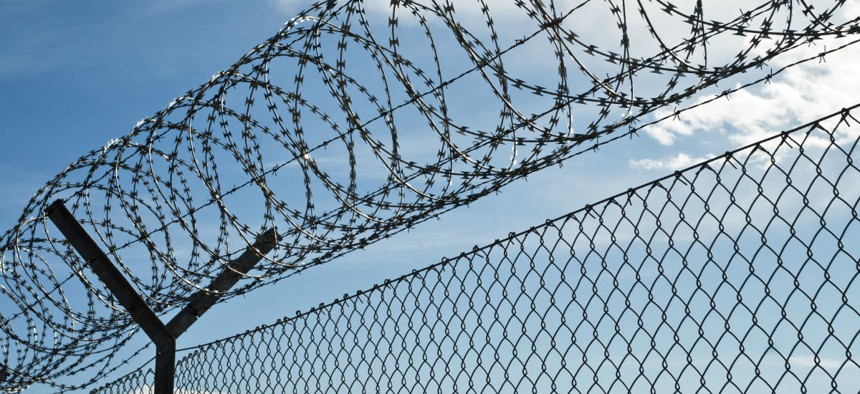It's Unclear Whether Federal Prisons' Use of Employee Retention Incentives Is Working
Bureau of Prisons takes a short-term view with the incentive program and has flawed methods for assessing its effectiveness, watchdog finds.
The largest employer within the Justice Department could do more to ensure that its use of monetary incentives is effective in retaining high-quality employees by developing a better system for evaluating the program’s effectiveness, the Government Accountability Office said.
In a report released Monday, GAO said the Bureau of Prisons has significant internal controls for approval of retention incentives, running from individual prisons to the agency’s central office, but that the agency does not have a cohesive strategy for the use of incentives to keep successful workers.
“While BOP takes a number of steps to determine current workforce needs and how to fill those needs, BOP does not strategically plan how retention incentives can be used to meet long-term human capital goals,” GAO wrote.
Officials noted that while the leadership at the agency frequently discusses workforce planning, it is typically focused on short-term issues.
“[Discussions] around retention incentives respond to short term staffing situations, rather than to address future staffing needs,” the report said. “Decisions about retention incentives are currently not tied to any strategic human capital plan for how to use human capital flexibilities to address ongoing challenges of retaining staff in hard-to-fill positions.”
The Bureau of Prisons, which employs roughly 40,000 people, runs into frequent staffing challenges, primarily because both private and non-federal jails and prisons offer “better pay and more desirable working conditions.” Those benefits are especially attractive to federal workers who are assigned to remote locations.
GAO said that from fiscal 2012 until fiscal 2016, the agency’s spending on retention incentives increased from $10.7 million to $14 million. Over that same time frame, the number of employees who received such incentives grew from 2,024 employees to 2,460.
Additionally, fully 56 percent of retention incentive spending went to four California institutions: U.S. Penitentiary Atwater, Federal Correctional Institution Herlong, FCI Mendota and Federal Correctional Complex Victorville. An additional 42 percent of expenditures went to medical professionals across the country.
GAO said that while workers at those four California facilities make $50,859 per year on average, employees at non-federal prisons in the state make an average of $70,020 per year. Similarly, medical professionals tend to make significantly less at the Bureau of Prisons than in the private sector.
While the watchdog agency noted the strong internal controls in place for approving wardens’ retention incentive applications, it said the same cannot be said of evaluations of the overall program’s effectiveness.
“Officials consider a retention incentive successful if an employee does not leave the agency,” GAO wrote. “BOP has not studied whether or how retention incentives have contributed to employees’ retention in relation to other incentives, such as physician and dental comparability allowances.”
BOP officials told auditors last August that they have begun work on a strategic plan for human capital issues that will include objectives, action plans and performance metrics. GAO recommended that the agency include in that plan human capital goals and strategies for how to use HR flexibilities like retention incentives to meet those goals. Additionally, the agency’s director should evaluate the effectiveness of GOP’s retention incentive program and adjust its usage if needed.
The Justice Department concurred with GAO’s recommendations, but did not provide additional comments on the report.








